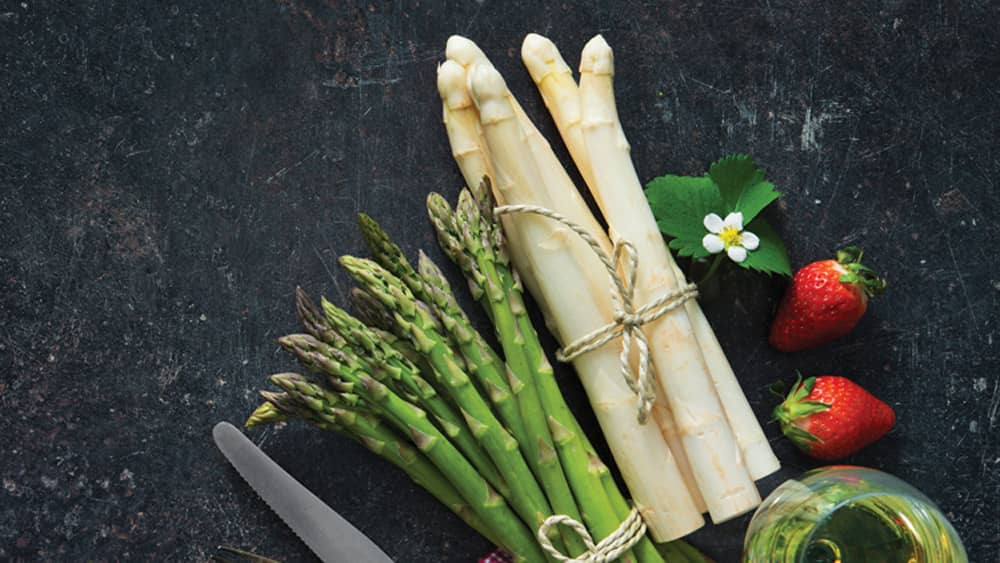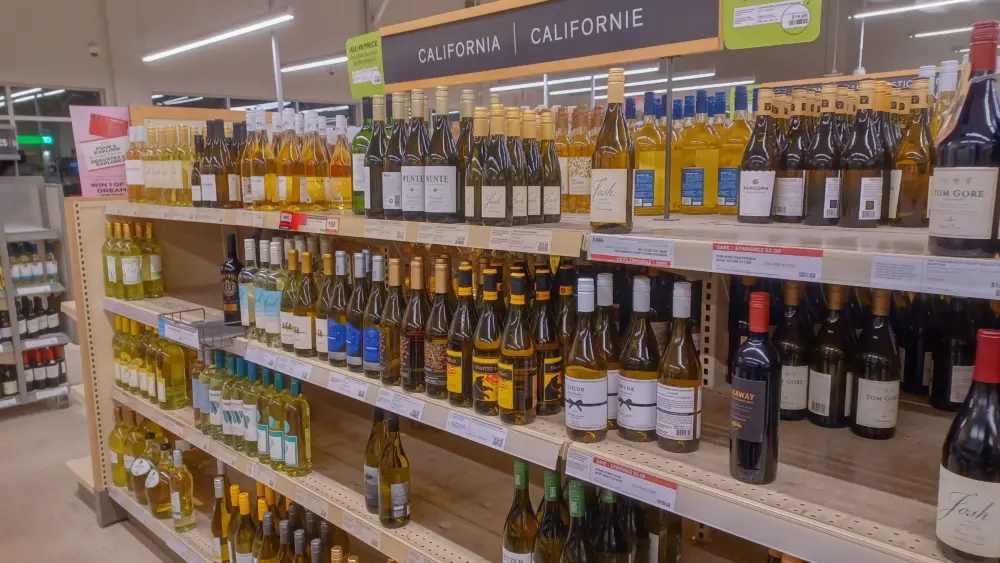
First, let’s start with that old Euro dictum, “White wine with white meats like chicken and fish, red wine with red meats and game.” It’s serviceable in a pinch, but no longer the only way to go. The growth of ethnic and regional cuisines never considered recipes like sushi and sashimi (sparkling wine is a winner here), and curries where off-dry Gewürztraminer and Riesling can be sublime.
There are some foods, however, that don’t work and take some adjustment if you insist on using them. Following are some examples.
Artichokes. These contain cynarin, an amino acid that can produce either the impression of cloying sweetness or an unpleasant, metallic taste in wines. For example, if you drink Cabernet Sauvignon or other high-tannin wines with artichokes the wine will taste hollow at best, and possibly like a tin can. If you want to have wine with artichokes, do what the Italians do and serve a crisp Pinot Grigio or nonoaked Sauvignon Blanc. The wines’ dryness and acidity help balance the sweet or tinny after taste from the artichoke. Further improve the match by grilling or roasting the chokes.
Asparagus. This vegetable contains mercaptan, a skunky-smelling compound associated with spoilage in wine. Want your $25 wine to taste like two-buck chuck? This is the way to go. (On the bright side: some wines—notably Sauvignon Blanc—can work well enough if you grill the asparagus and slather them with fruity extra virgin olive oil.)
Vinegar. Because of its overwhelming acidity, it can be a real enemy of wine. It’s why we were often told not to serve wine with salad. The key is to balance it with a bit of sweetness, which can come from shallots, honey, fruits or using a sweeter softer vinegar like rice or balsamic. In a vinaigrette the use of oil also helps take the acid edge off. The French often use Ver Jus in place of vinegar.
Bitter foods. Many poisonous plants are bitter. It’s Mother Nature’s way of alerting us to think twice about before putting them in our mouths. Since the rise of the Mediterranean diet, however, many of us have come to love vegetables with bitterness such as radicchio, endive, chicories, broccoli rabe and in Asian cooking, those tiny Thai eggplants. Few wines can overcome bitter vegetables that are served plain. You can modify with additions like bacon, sautéed onions, cheese, and coconut milk when cooking those tiny eggplants to moderate their bitterness. The tactic here is to pair the wine with the main flavors on the plate. Unoaked Sauvignon Blanc is my usual choice.
Cruciferous and Leafy Green Vegetables. Broccoli, cauliflower, cabbage, kale, spinach, Brussel sprouts and related vegetables release sulfur compounds when cooked, contributing off-flavors to wines. With these foods, your great Cab will taste like canned green beans. Pinot Noir will taste like a swamp.
Salt. Salty foods (those that use lots of soy sauce in them) emphasize the alcohol taste in the wine. If you love sashimi, it’s better to go with a slightly sweet Riesling, which creates a kind of sweet-sour impression on the palate. Alternately, dry sparkling wines can go well with foods that are highly salted and smoked, such as smoked salmon or caviar which is why they are often served together at more formal brunches.
Chiles. Hot chiles contain capsaicin, which can make wines high in alcohol taste unpleasantly hot and accentuate dryness in tannic wines. Zinfandel and chiles can blow off your head with heat and alcohol. The reason beer goes so great is that its lower in alcohol, cold and sparkling which helps tame spicy flavors. Choose a corollary in wine like Prosecco or dry California sparkling.
Chocolate and Desserts. This has become common in Wine Country, and red wine and chocolate are often marketed together around Valentine’s Day. The theory was that red wine can have a bit of a chocolate note in its complex array of flavors. It’s an awful match! The sugar (even a small amount) in the usual chocolate concoction dries the wine out and makes it taste harsh. The rule with any sweet food is that the wine should have similar sweetness to work, or both will suffer. As for me, I’m of the school that a complex sweet wine is dessert in itself, and doesn’t need anything else to accompany it.
Final word
My parting advice, which you already know, is to drink for the mood or occasion and not the food. Drink what you like! And for those “red heads” out there, who tend to steer clear of white wines, remember this: white wines work better with a much broader range of foods than red wines. They are often the best choices for difficult ingredients.
John Ash is a legendary chef, author, and culinary educator, and in the North Bay he’s often referred to as the “Father of Wine Country Cuisine.” On Saturdays from 11 a.m. to noon, John demystifies the cooking process on The Good Food Hour with co-host Steve Garner on KSRO (1350 AM, 103.5 FM and 94.5 FM). For more information, visit chefjohnash.com.



